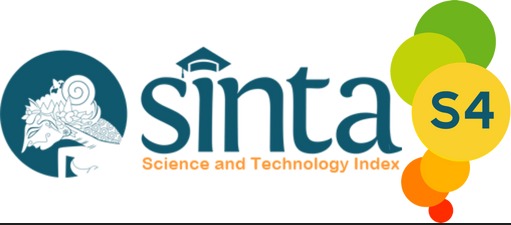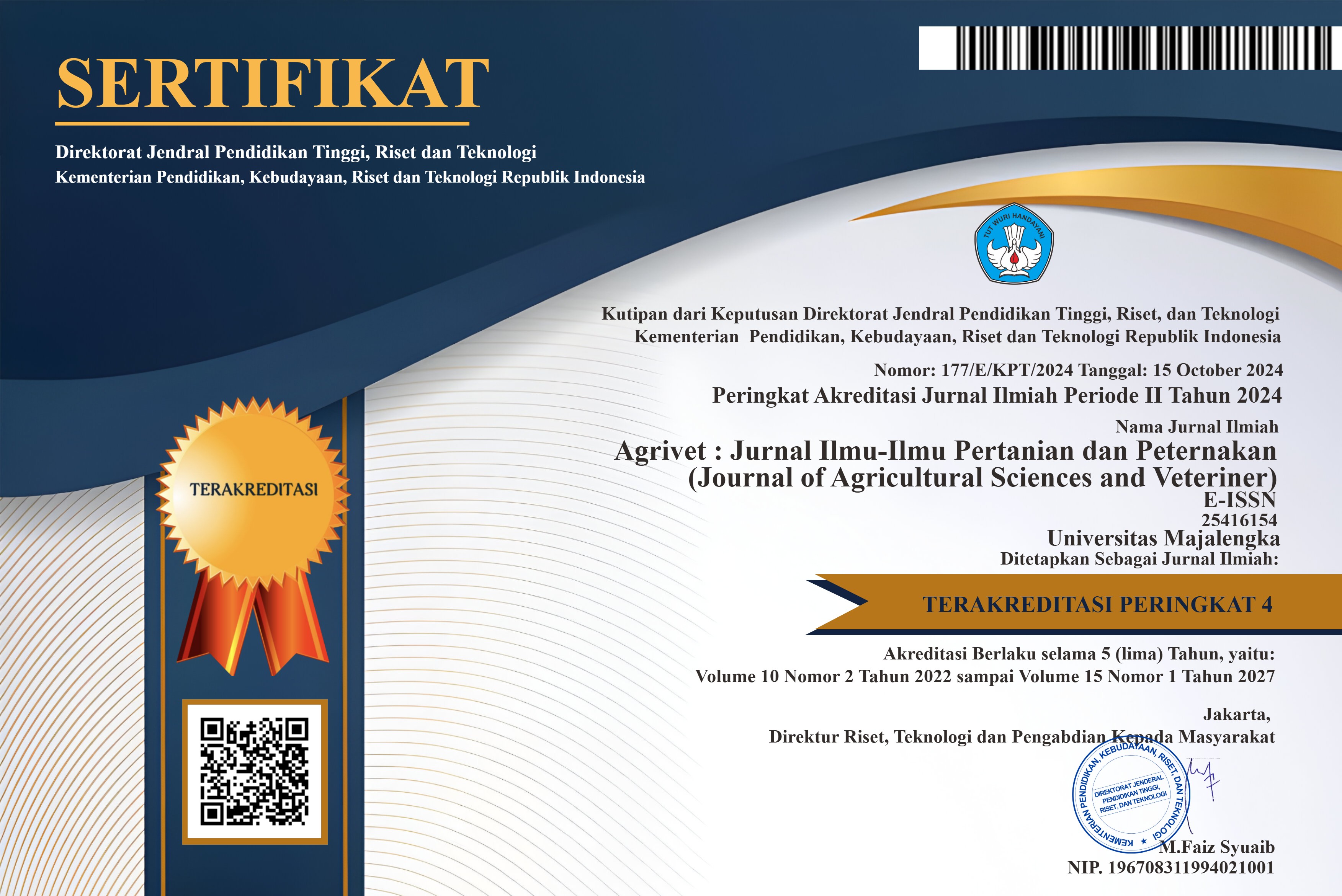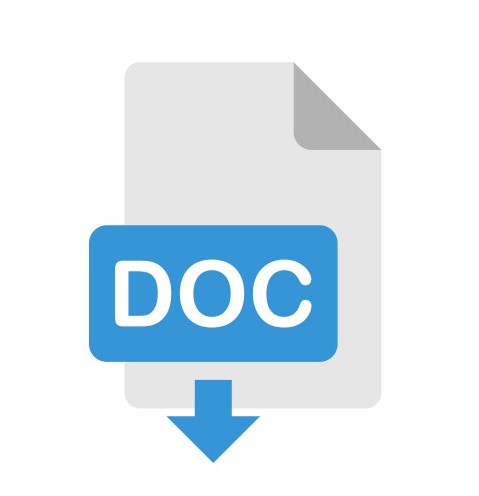Efisiensi Ekonomis Usahatani Kelor Organik Di Moringa Organik Indonesia Blora Jawa
DOI:
https://doi.org/10.31949/agrivet.v10i2.3787Abstract
Limitless study that conducted on moringa farming inversely to the benefits that have been felt by many people. Both as herbal medicine and as an alternative vegetable. The research has purpose to get know about the economical moringa used as community farming with examining the economic efficiency of moringa farming in Blora Regency precisely in Moringa Organic Indonesia Corp. Information and data were obtained from twenty respondents of Moringa farmers who have been cultivating Moringa for the last five to seven years. The data were analyzed using the Cobb Douglas production function approach and stochastic frontier analysis which will measure technical, allocative and economic efficiency. The results showed that: 1) Moringa farming in Blora has achieved technical efficiency. The average technical efficiency is 0.93. The lowest technical efficiency is 0.8 and the highest is 1.00; 2) The level of allocative efficiency of Moringa farming is on average 1.00 so that it is declared perfect efficiency; 3) Moringa farming in Blora achieves an economic efficiency of 0.93. It is hoped that the results of this study will provide information to the wider community that Moringa is one of the economic commodities that can be used as a source of income and can improve welfare in addition to meeting the nutritional needs of the community.
Keywords:
Allocative Economical, Economical Efficiency, Moringa, Technical EfficiencyDownloads
References
Akbar, Candi Tri; Ketty Suketi; Juang Gema Kartika. 2019. Panen Dan Pasca Panen Kelor (Moringa Oleifera Lam) Di Kebun Organik Kelorina Blora Jawa Tengah. Bul. Agrohorti. 7 (3): 247-254.
Aminah, Syarifah; Ramdhan, Tezar; Yanis, Muflihani; 2015. Kandungan Nutrisi dan Sifat Fungsional Tanaman Kelor (Moringa Oleifera). Buletin Pertanian Perkotaan. Vol 5, No 2. Hal. 35-44
Anggraini, Nuni, Harianto; Lukytawati Anggraeni. 2016. Jurnal Agribisnis Indonesia. Vol.4, No.1.
Broin. 2010. Growing and processing moringa leaves. France: Imprimerie Horizon.
Fawaid, Ach; Isdiantoni, Ida Ekawati. 2016. Perencanaan Usahatani lahan Kering Dengan Memanfaatkan Tanaman Kelor (Moringa Oliefera) Sebagai Tanaman Tepi dan Lorong Untuk Meningkatkan Pendapatan Petani. Jurnal. Agridevina. Vol. 5, No.2. ISSN 2301 – 8607.
Hanafi, Raihan. 2017. Analisis Efisiensi Penggunaan Faktor Produksi Pada Industri Kecil Dan Menengah Furnitur Di Kota Pekanbaru. JOM Fekom. Vol. 4., N0.1.
Krisnadi, Ai Dudi. 2012. Indonesia Masih Terjerat Belenggu Kurang Gizi. Berita dari web Kelorina.com
Kune, Simon Juan; A. Wahib Muhaimin; Budi Setiawan. 2016. Analisis Efisiensi Teknis Dan Alokatif Usahatani Jagung (Studi Kasus Di Desa Bitefa Kecamatan Miomafo Timur Kabupaten Timor Tengah Utara). Jurnal Agrimor. Vol.1, No.1.
Misra, S., & Misra, M.K. (2014). Nutritional evaluation of some leafy vegetable JURNAL AGRISIA-Vol.13 No.2 Tahun 2021 ISSN : 2302-0091 53 used by the tribal and rural people of south Odisha, India. Journal of Natural Product and Plant Resources, 4. 23-28.
Oluduro, A. O. (2012). Evaluation of antimicrobial properties and nutritional potentials of Moringa oleifera Lamk. Leaf in South-Western Nigeria. Malaysian Journal of Microbiology, 8, 59-67.
Salim R, Eliyarti E. Aktivitas Anti oksidan Infusa Daun Kelor (Moringa Oleifera Lam.) Terhadap Warna Daun. Jurnal Katalisator 2019 31;4(2):91-102
Published
How to Cite
Issue
Section
License
Copyright (c) 2022 Hanisa Sismaya Lestari, Endah Lisarini1, Asep Saepul Alam, Rahmat Taufiq Dwi Jatmika

This work is licensed under a Creative Commons Attribution-ShareAlike 4.0 International License.
An author who publishes in the Jurnal Agrivet agrees to the following terms:
- Author retains the copyright and grants the journal the right of first publication of the work simultaneously licensed under the Creative Commons Attribution-ShareAlike 4.0 License that allows others to share the work with an acknowledgment of the work's authorship and initial publication in this journal
- The author is able to enter into separate, additional contractual arrangements for the non-exclusive distribution of the journal's published version of the work (e.g., post it to an institutional repository or publish it in a book) with the acknowledgment of its initial publication in this journal.
- The author is permitted and encouraged to post his/her work online (e.g., in institutional repositories or on their website) prior to and during the submission process, as it can lead to productive exchanges, as well as earlier and greater citation of the published work












